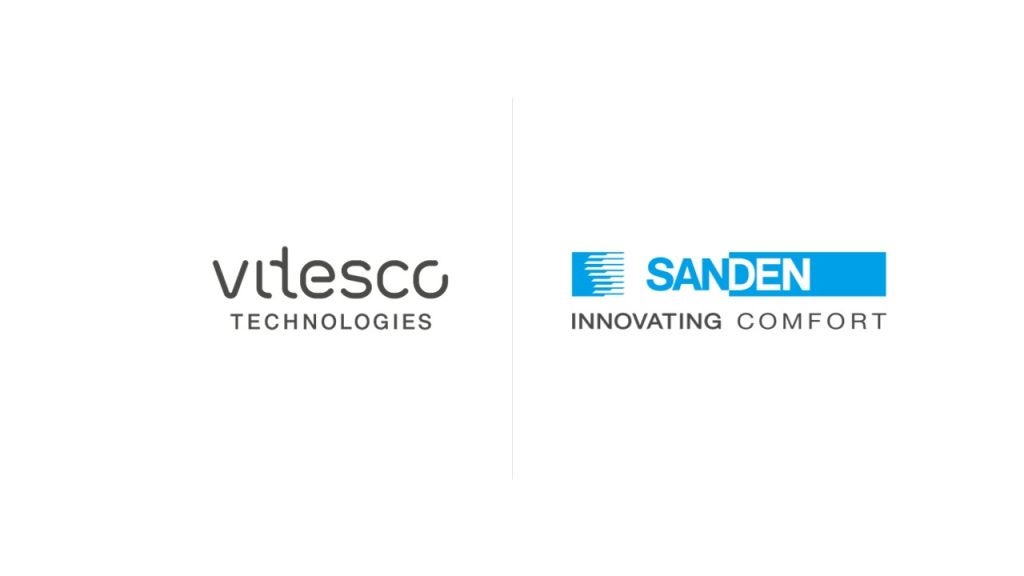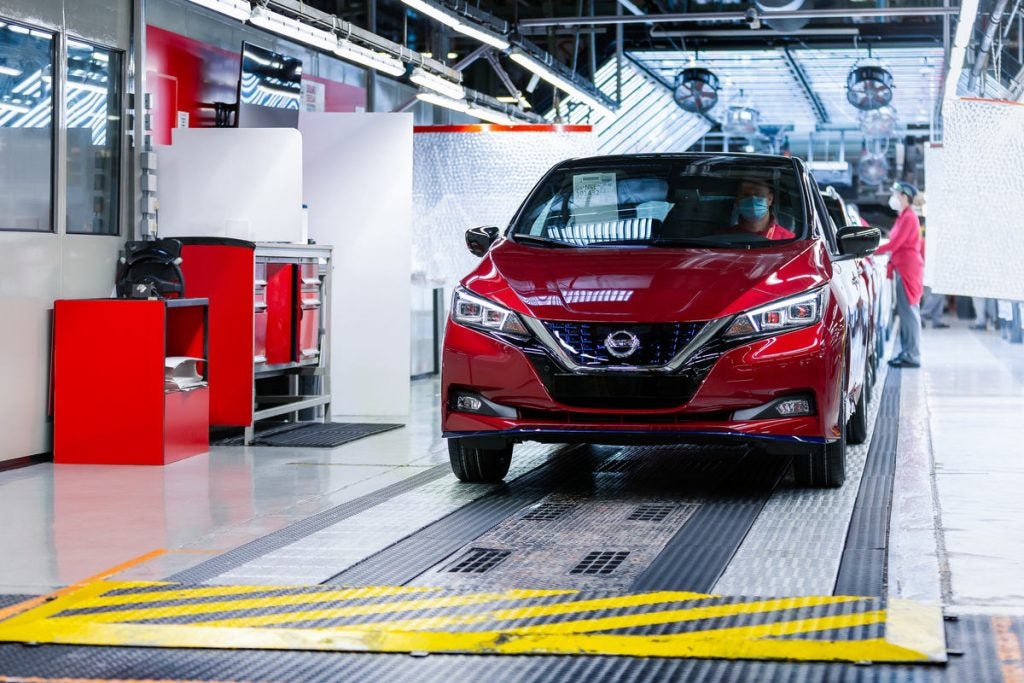QUBE is just-auto’s online research platform, providing constantly updated insight and analysis on the global automotive manufacturing industry across over 40 sectors and 200 companies. In this month’s just-auto management briefing we republish extracts from QUBE. This interview is part of QUBE’s Exhaust Systems Intelligence Service
In this interview, Matthew Beecham talked with executives of Benteler about trends in engine downsizing and the impact of emission technologies.
The economic crises has led to a change in customer behaviour and switching to smaller and smaller vehicles. In terms of exhaust and catalytic systems, does that pose technical challenges?
The implementation of engines with reduced displacement led to a shift of the operational range towards higher engine load regimes. In parallel, there is an ongoing discussion about the realisation of a new world-wide driving cycle, with a larger portion of high load operation.
On the one hand side, this is expected to lead to an earlier reach of cat. light-off temperature. On the other side the absolutely emitted raw emission mass, between start of engine and catalyst light-off, is higher. These circumstances lead to discussions with OEMs about which technology is needed to achieve EU7 emission legislation. A specific catalyst layout is needed, but also the introduction of EGR for gasoline engines is expected to be reconsidered for fuel consumption reduction and emission control purposes.
Although a lot has been said about the prospects for PEVs, the IC engine will be around for the foreseeable future. How do you see the powertrain market over the next 5 – 10 years?
How well do you really know your competitors?
Access the most comprehensive Company Profiles on the market, powered by GlobalData. Save hours of research. Gain competitive edge.

Thank you!
Your download email will arrive shortly
Not ready to buy yet? Download a free sample
We are confident about the unique quality of our Company Profiles. However, we want you to make the most beneficial decision for your business, so we offer a free sample that you can download by submitting the below form
By GlobalDataAccording to our studies, the powertrain market will be dominated by the IC engine for the next two decades. Increasing powertrain electrification will help to achieve the challenging CO2 emission targets.
With respect to more stringent emission regulations, the effort for exhaust after-treatment is expected to further increase.
Full-hybrid applications offer more freedom for emission calibration, which might allow to subsequently reducing the efforts in exhaust after-treatment.
On the flipside, start-stop functionality as well as electric driving, leads to higher share of cold engine operation, which drives the need for improvements of the overall thermal management.
As far as gasoline engines are concerned, after-treatment systems appear to be on a level although we understand that there is some development work underway to control thermal management. What do you see happening with respect to gasoline engine after-treatment systems these days?
The reduction of thermal losses is important to reach a fast catalyst light-off. Recently, technologies to conserve the energy after engine shut-off to reduce emissions and fuel consumption after re-start come into focus.
Benteler supplies exhaust systems as well as thermal management systems and works on heat storage solutions, e.g. catalyst insulation, catalyst housings with integrated PCM [phase-change-materials].
For some time, we seen how carmakers have paid close attention to exhaust sound in order to maintain and enhance its “brand”. How do you set about supporting the carmakers achieve the right note?
Engine and vehicle acoustics are always considered in an early phase of product development. In order to support the carmakers’ targets, Benteler has own test capacities to analyse and optimise components, engines, and vehicle acoustics, e.g. anechoic engine test bench and roller chassis dynamometer.
I guess because of the increasing cost and price volatility in the precious metal markets, this is forcing manufacturers to squeeze more performance out of smaller catalysts?
The performance of a catalyst depends on the precious metal composition and loading, but also on the catalyst operation conditions, which means exhaust flow field and operation temperature.
In the development phase of after-treatment systems, when integrating a catalyst system, Benteler works with advanced simulation tools to optimise the flow uniformity into the catalyst. Consequently, the utilisation of the catalytic surface will be maximised while the amount of precious metal needed minimised. In parallel Benteler offers solutions to keep the temperature level high, e.g. by implementation of air-gap insulated exhaust components, e.g. manifolds, downpipes what supports the conversion efficiency of a catalytic system. As a result, the catalyst size and precious metal content can be minimised in order to limit costs.
Is there a trend toward using multiple exhaust gas sensors in order to deliver the performance improvements and reduced catalyst size?
As emission after-treatment systems become increasingly complex and onboard diagnosis is required for all emission relevant systems, the controls become more complex. This drives the need for integration of more sensors, e.g. lambda-, temperature-, pressure-, NOx-probes. In order to reduce costs for sensors, OEMs put effort into the development of control algorithms with virtual sensors.
We’ve also seen increasingly stringent emission legislation introduced leading to the exhaust after-treatment system becoming more complex, particularly for diesel engines. What lies ahead for diesel after-treatment systems?
The after-treatment system is already complex, especially for large segment vehicles, where technologies as DOC, DPF and NOx-after-treatment are in place in parallel. Future emission legislation drives the need for implementing these technologies even in smaller vehicle segments.
One major driver to achieve future emission regulations is to reach the catalyst light-off early and keep a sufficient temperature level over the complete emission drive cycle.
Benteler is working on technologies to reduce thermal losses. As Benteler launched the first integrated sheet-metal manifold / tubing housing in 2009 on a gasoline engine, we are currently focusing on transferring this technology into the diesel market. On a different application, a temperature increase after turbine of 30°C has been demonstrated.
Besides after-treatment technologies, the reduction of raw emissions by EGR-systems with increased cooling performance is in focus of Banterer’s emission strategy. Beside high-pressure EGR circuits, low-pressure circuits, as well as combined systems will be considered.
This interview is reproduced from QUBE’s Exhaust Systems Intelligence Service
Short QUBE demonstration and a free trial







